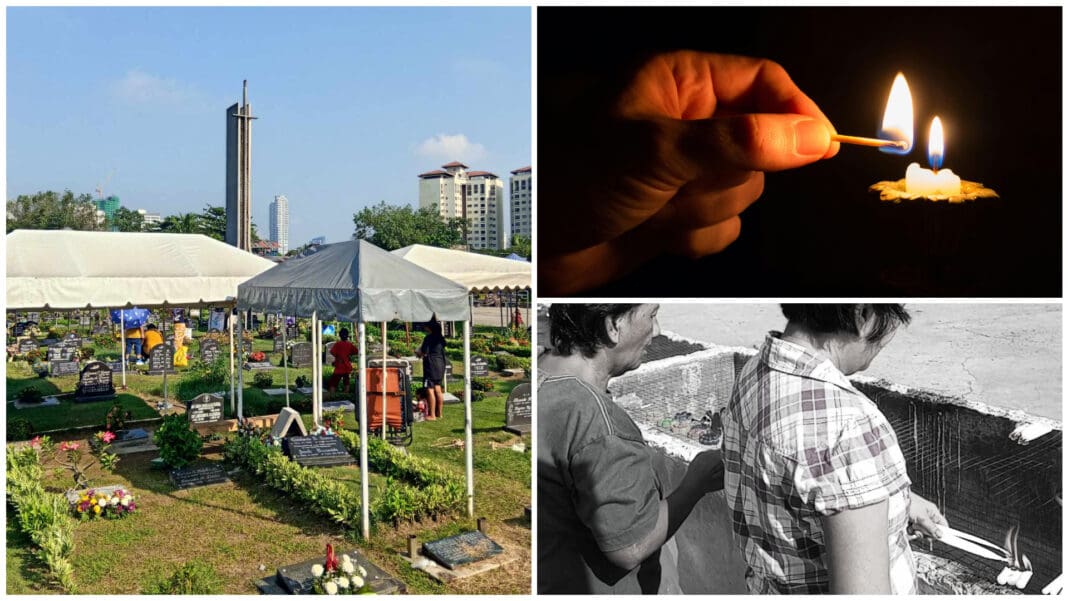“Adto ta sa dakong krus, nak!”
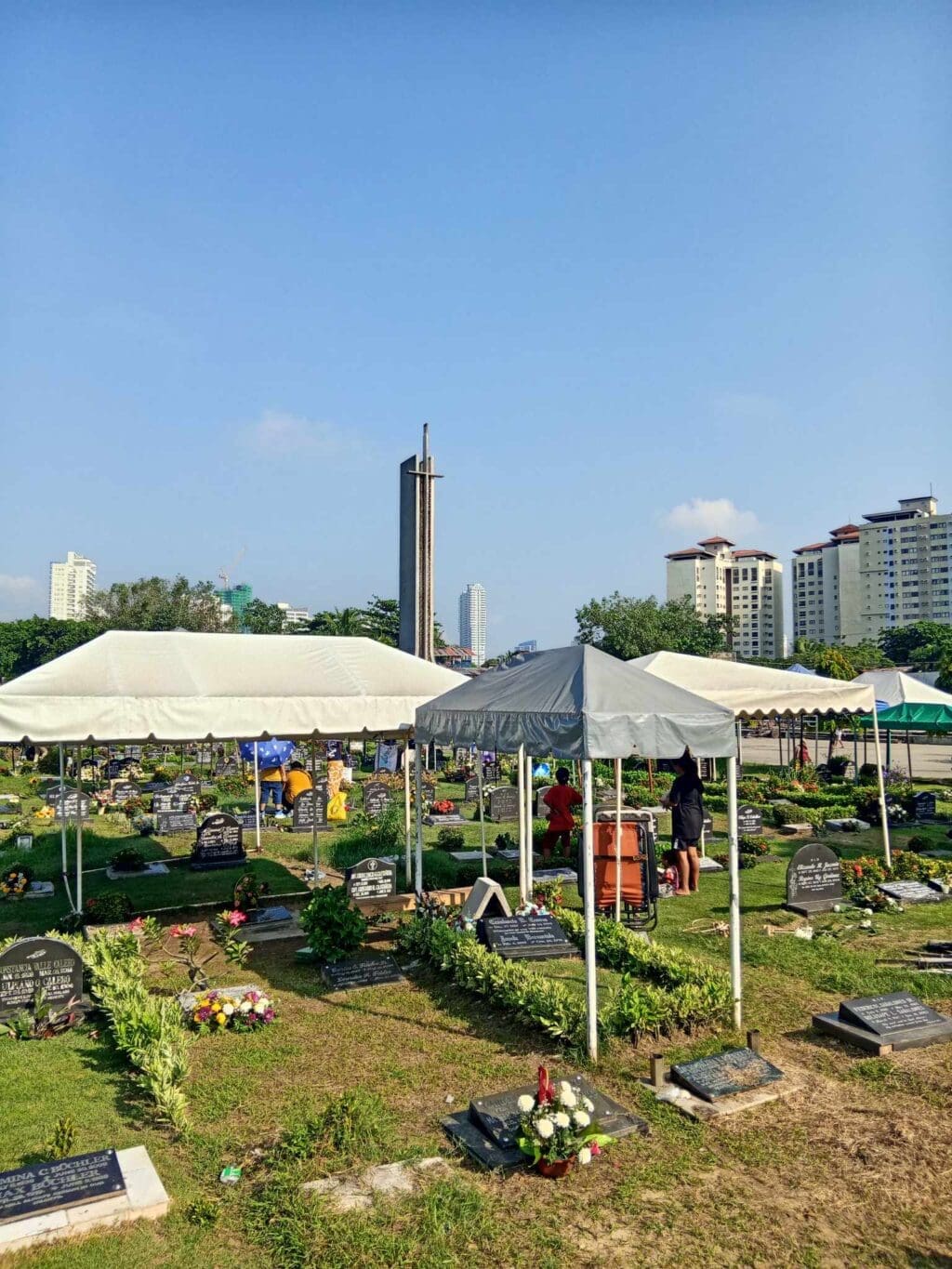
Every November, as another month flipped over our calendar, us Filipinos would visit cemeteries to gather around the final resting place of our loved ones who passed away. We share stories, songs of hope, and even share a meal while sitting on the grass and stone chairs. And every year, our mothers, fathers, and grandparents would remind us to stop by the “Dakong Krus” or the “Big Cross,” usually standing tall at the center of the cemetery; but, why do we do it?
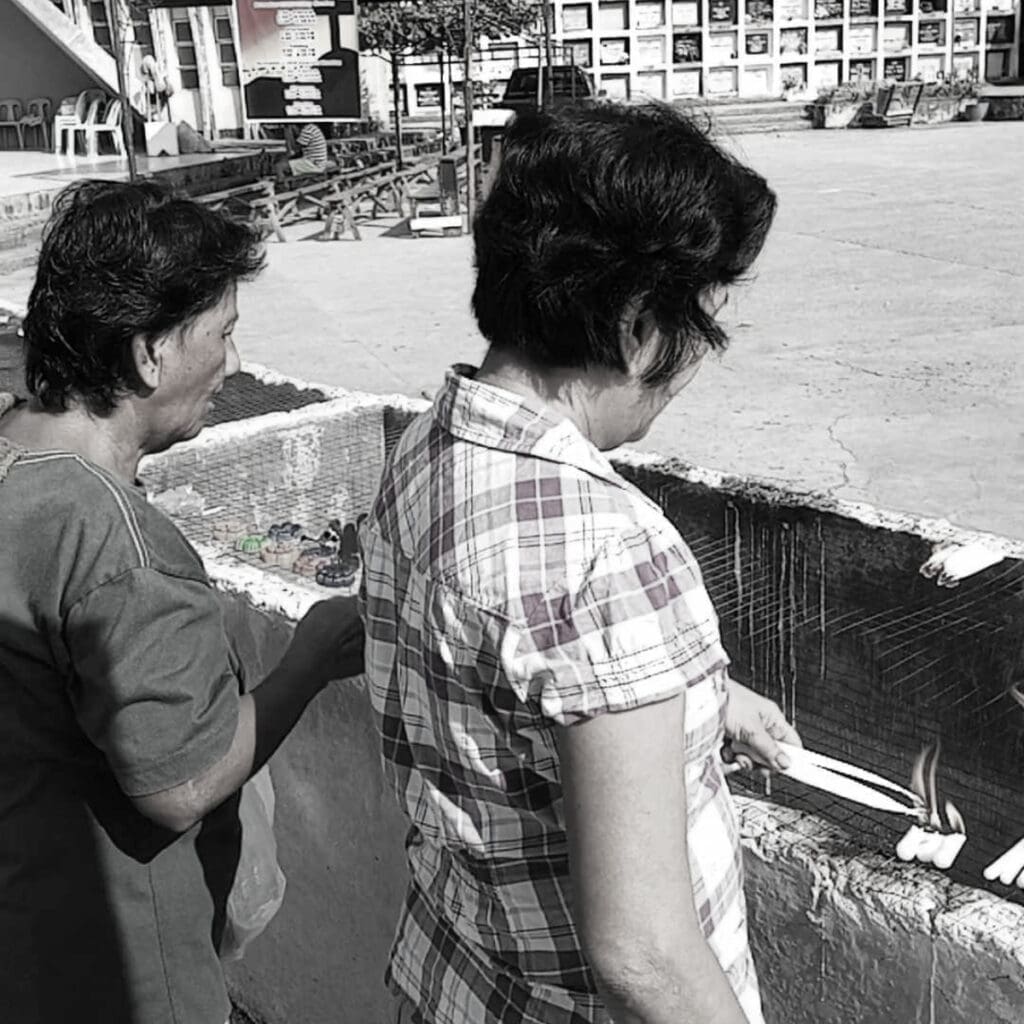
A Symbol of Hope and Remembrance
The Philippines is a predominantly Christian country, with most people identifying as Catholic. Many of us believe in an afterlife where souls can go to heaven, hell, or remain in purgatory. This belief is one reason why we light candles at the Dakong Krus—to offer hope for those who are not remembered, unnamed, or unknown.
The Dakong Krus isn’t just a marker; it serves as a beacon of hope. As we gather around it, it becomes a place of reflection. There is even a belief that one should light an odd number of candles, never in pairs or even numbers. When I asked my mother about this tradition, she simply replied, “Maoy ingon sa katiguwangan,” meaning it’s what our ancestors used to do. And over time, it has become a cherished tradition.

Other Cultures Celebrating the Dead
Different cultures observe varying traditions. In the Philippines, we call it the “Undas” or “Kalag-Kalag” in Bisaya, while in other places, here are their own:
Día de los Muertos
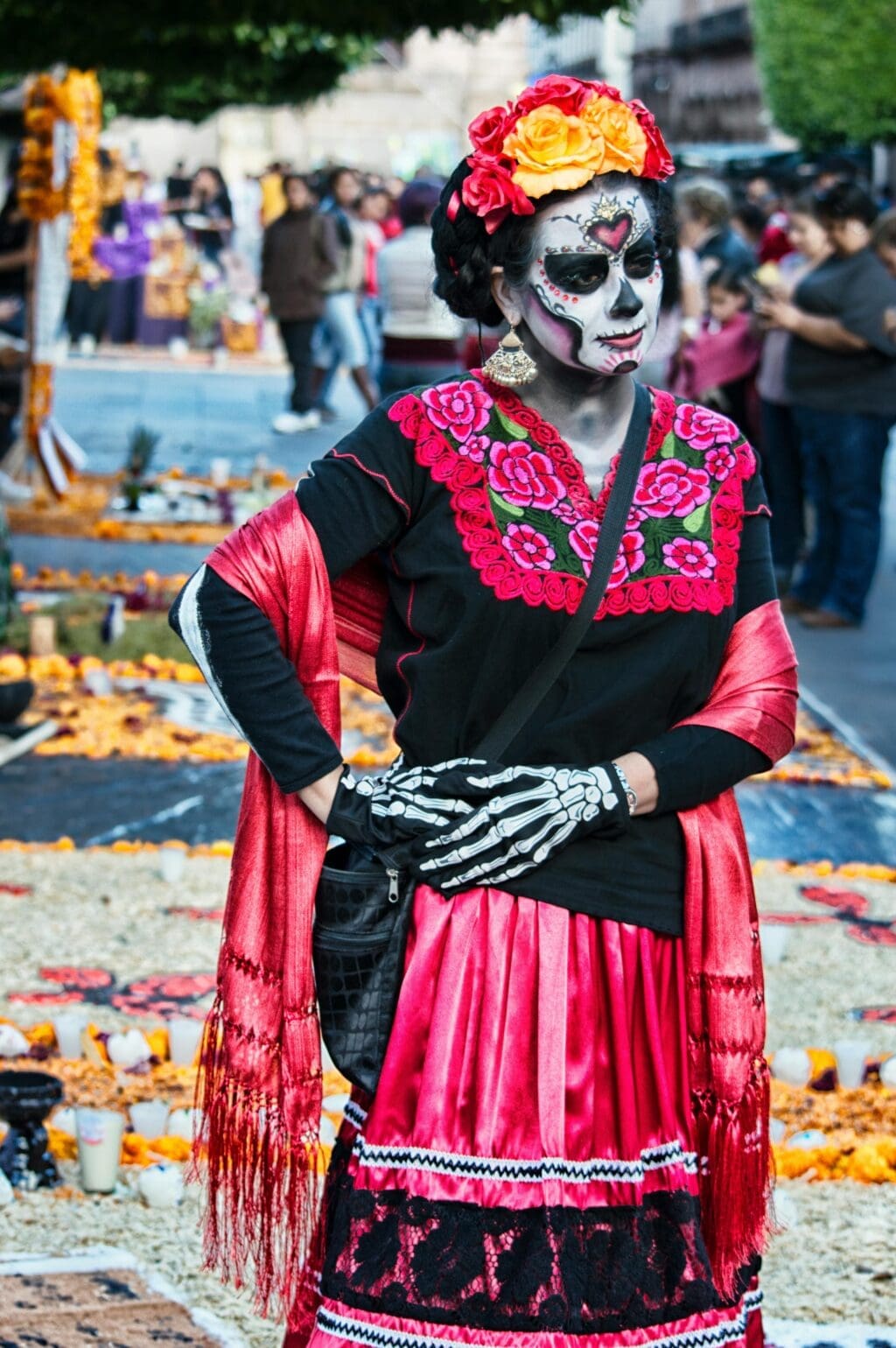
Celebrated in Mexico and Guatemala, “Dia de los Muertos” or the “Day of the Dead” is a celebration where families create altars called “ofrendas” filled with food, photos, and other items that they associate with the deceased. Marigold flowers, sugar skulls, and decorative banderitas are the decors present in the celebration to welcome the spirits. If you’ve seen “Coco,” then that’s exactly what it is.
Ognissanti (All Saints’ Day)
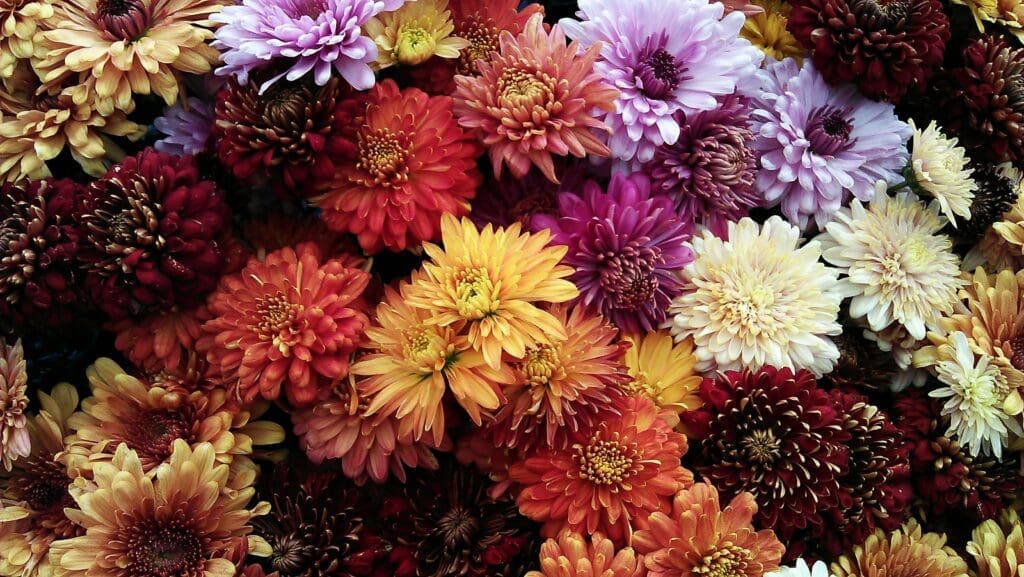
Italians honor the deceased by visiting graves and placing flowers, particularly chrysanthemums, on them. In some regions, families prepare special foods and pastries to share in remembrance.
Obon
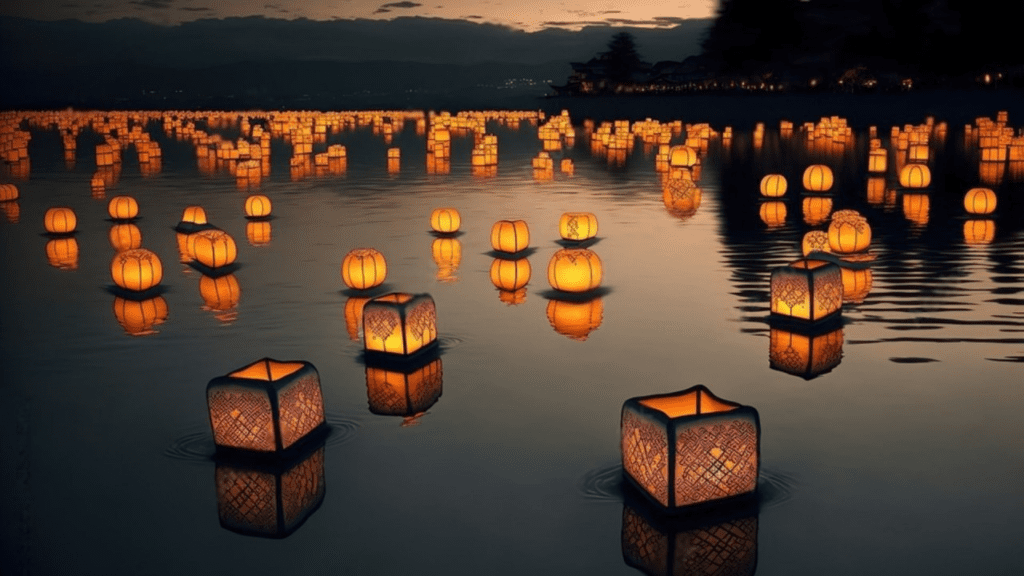
This Japanese festival honors ancestors and is celebrated with dances, lanterns, and offerings. Families clean graves and prepare special meals to welcome the spirits of their loved ones back home.
Fête Gede
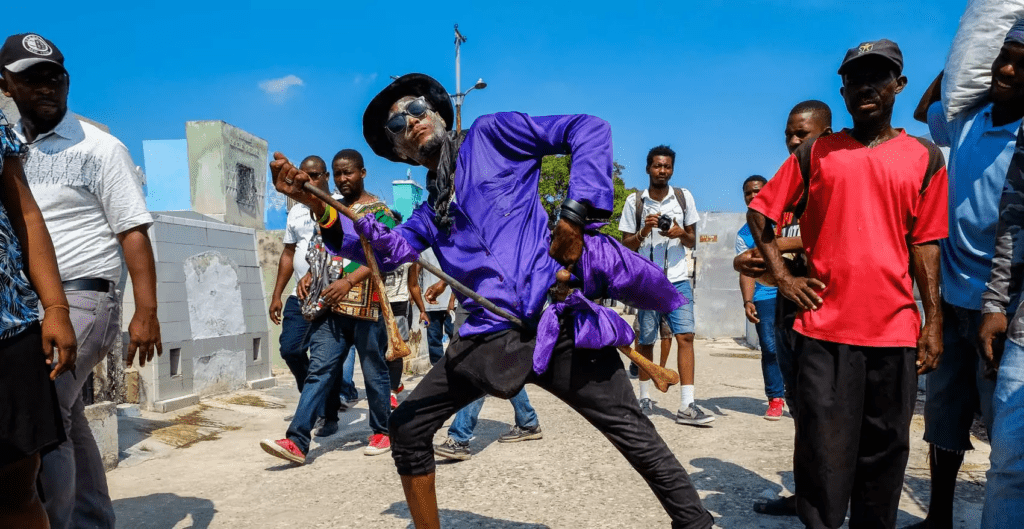
This voodoo festival honors the dead and the spirits known as Gede in Haiti. Participants often dress in purple, visit graves, and make offerings to the spirits to ensure they are remembered.
Pitru Paksha

This Hindu tradition involves performing rituals for deceased ancestors. Families prepare special meals and offer them to the spirits, seeking blessings for the living.
Chuseok
During this Korean harvest festival, families honor their ancestors by visiting their graves, cleaning them, and offering food as a sign of respect and gratitude.
So, Sugboanons, this All Saints’ and All Souls’ Days, remember to light a candle under the towering cross. Let your light be the hope for the souls that may have been forgotten, and let our traditions be passed onto the next generations.

